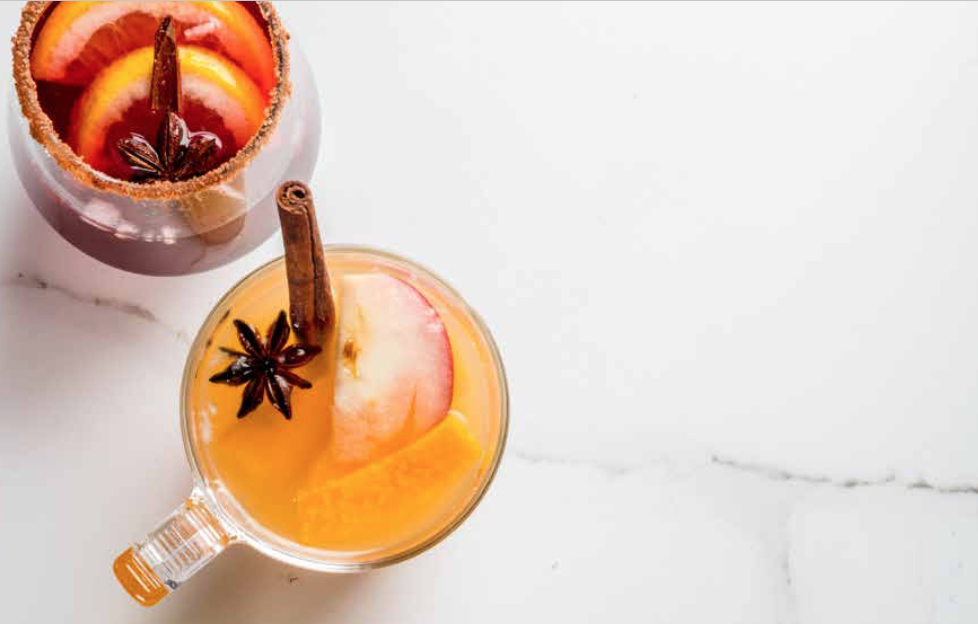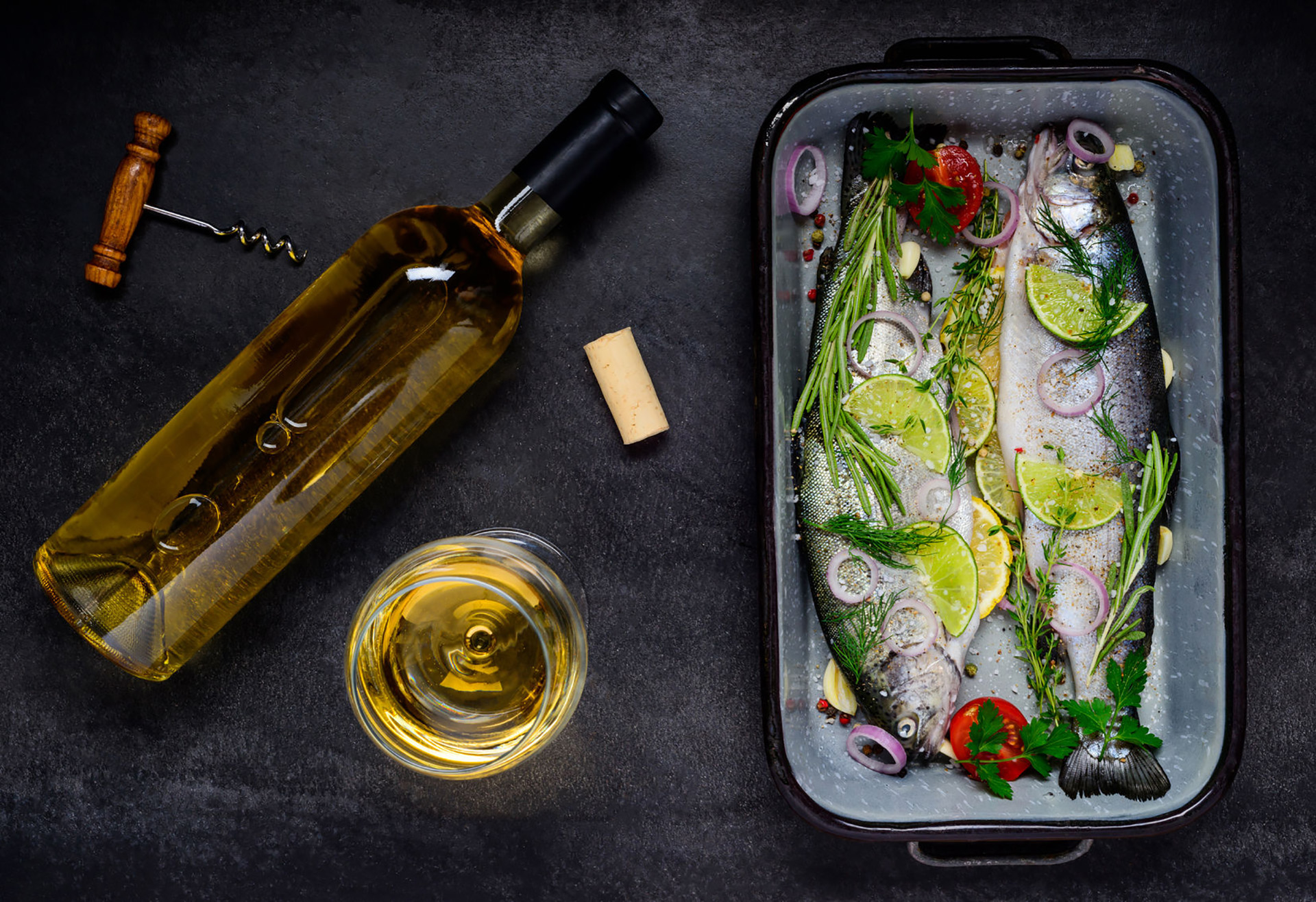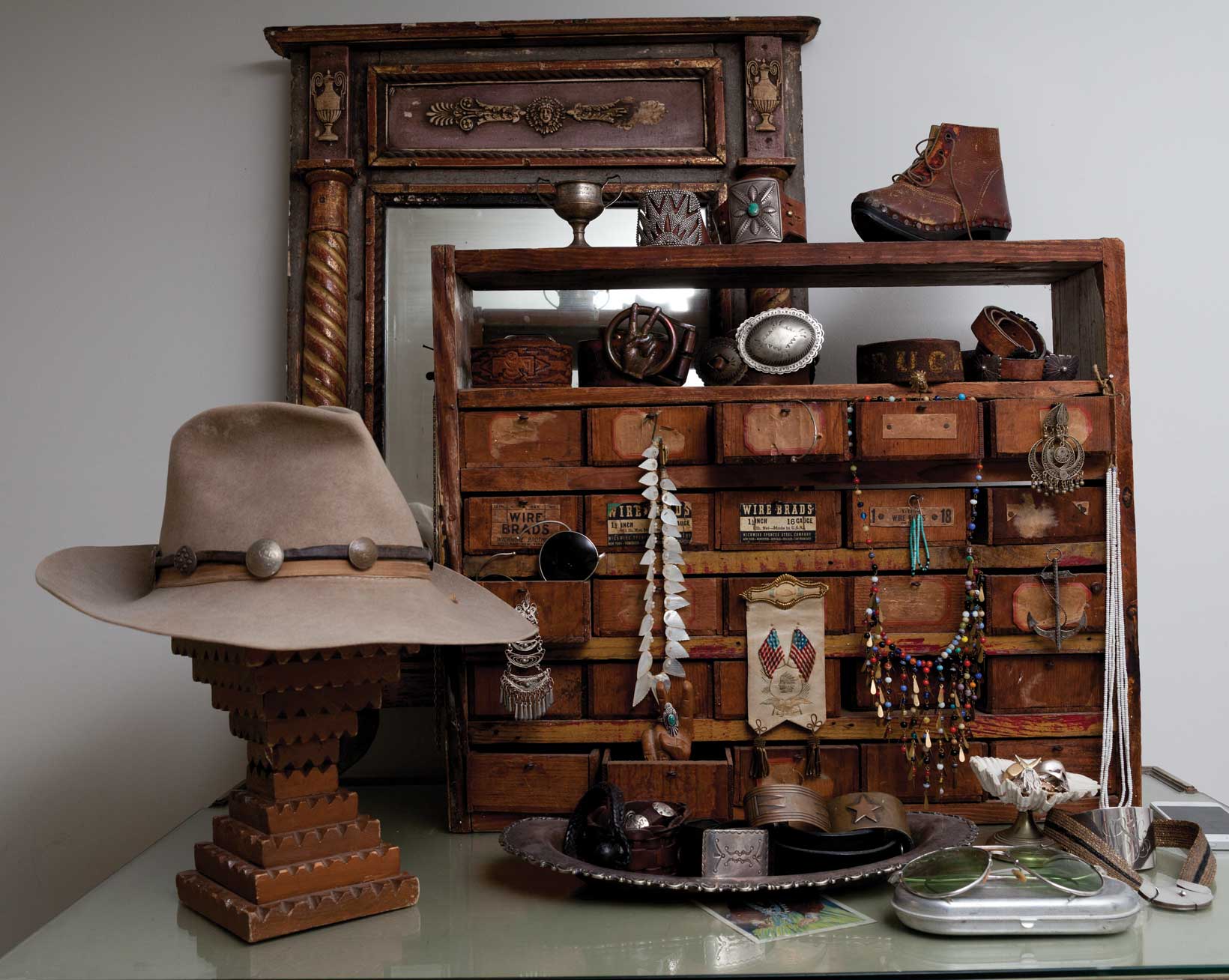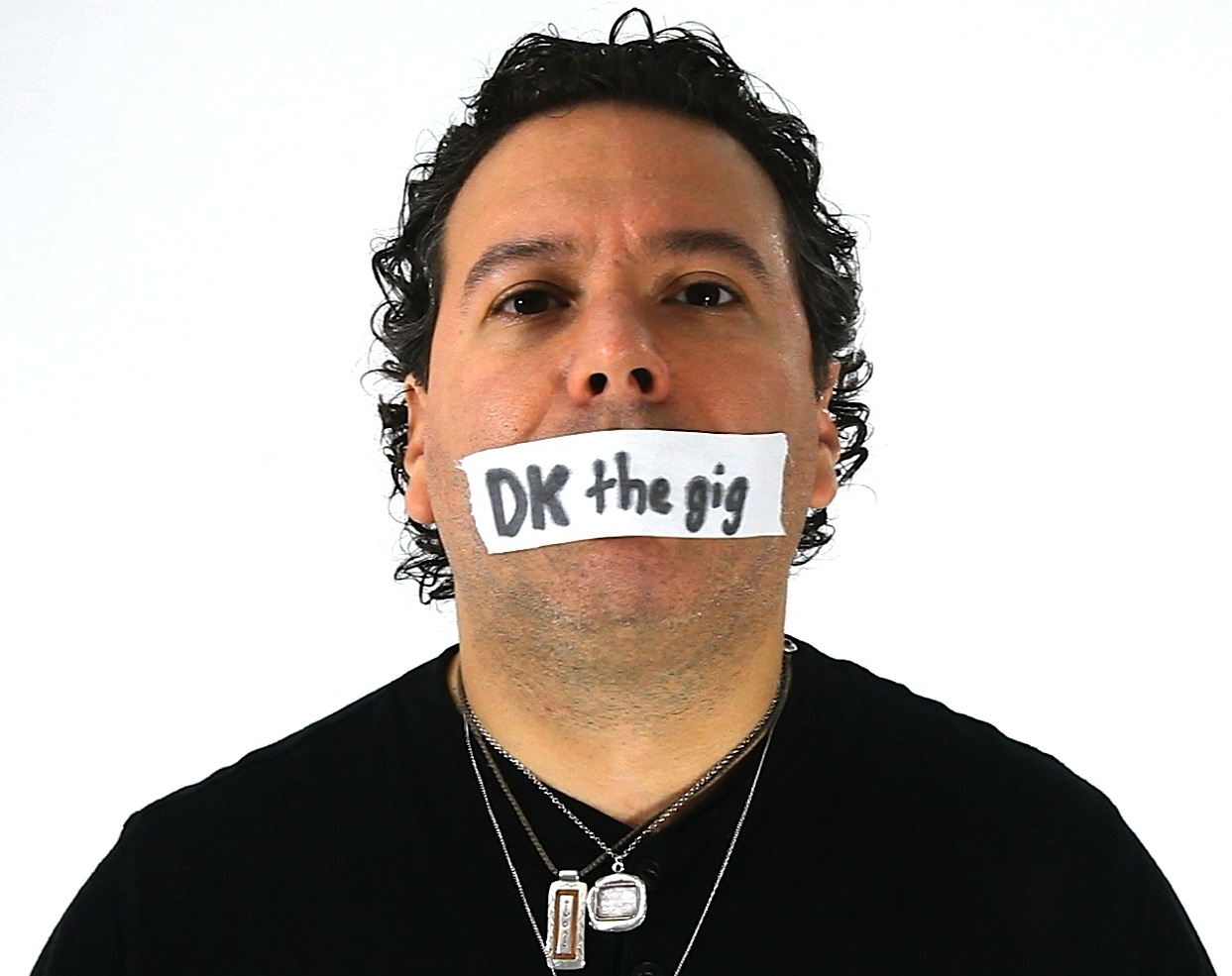
Where My Dogs At?
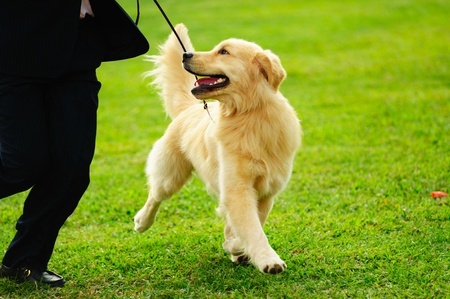
ENTERTAINMENT
You loved Best in Show, right? This is that, but live. An insider’s cue sheet to one of the longest running dog shows in the country.
By Lynne Goldman
 I love dogs. Small, big, fluffy, skinny, smart and even not so smart. Oh, sure, I may be partial to some breeds, but I scratch the ears of any dog and coo, “Hi, sweetie.” So when I had the opportunity to write about the Bucks County Kennel Club Show, I jumped at it. (Down, girl!)
I love dogs. Small, big, fluffy, skinny, smart and even not so smart. Oh, sure, I may be partial to some breeds, but I scratch the ears of any dog and coo, “Hi, sweetie.” So when I had the opportunity to write about the Bucks County Kennel Club Show, I jumped at it. (Down, girl!)
The show is one of those “It’s-right-in-your-backyard-and-you-don’t-know-about-it” stories. Case in point: Next Saturday’s is the 75th annual edition, making it one of the longest running dog shows in the country. It’s still lagging a few decades behind the 140-year-old Westminster show, but it’s been around way longer than you have.
That first Bucks Kennel Club Show was held May 30, 1942 in Doylestown, and it fielded 477 dogs. Next Saturday’s will be held in Tinicum Park, in Upper Bucks, and it’s expected to draw more than 2,500 entries. They’ll be spread across 16 rings and scored by judges from around the world.
“I love this show,” says Shawne Imler, a professional handler, breeder and owner of schnauzers. “It’s a beautiful location, and the best terriers in the country come to compete, so it’s prestigious to win here.”
Prior to my venture behind the scenes of last year’s show, my knowledge of dog shows comes from two sources: watching the Westminster show on TV, and the movie, Best in Show. From the sublime to the absurd. Or is it the other way around? I was about to find out.
Getting your bearings The day begins at 8:30 a.m. for many of the breed exhibitors—the people who show the dogs—but don’t feel obliged to get there that early. There are 16 rings, eight on each side, with a wide concourse between. You’ll find the food court there. The tents behind the rings, that’s where the dogs are prepped for their turns in the ring.
Golden retrievers, please If you’ve got a favorite breed, head to the Club Tent. They’ll be able to tell you where to find it. Ringside, look around for a spectator who’s brought his own chair and looks settled in for the duration. If you want to learn something, casually nestle in next to him and start picking his brain. These enthusiasts are walking encyclopedias, and most are happy to play color commentator for a bit.
What am I watching for? That’s a good place to start. The dog needs to be healthy and meticulously groomed. And then there are a whole slew of standards set for each breed by the American Kennel Club. Your new friend can tell you more about those.
It’s not entirely clinical. Personality comes into play, too.
“They have to show they want it,” says Ken Kaufman, the Best in Show judge at last year’s show. (As far as Kaufman’s own personality, he doesn’t ooze aloofness or sarcasm. Not even a hint of it.) “If they do, you can see it—they shine. The tail is wagging, the dog is paying attention to the surroundings, the handler, the audience clapping.”
“If they don’t want to do it, they won’t win. They have to enjoy it,” says Larry Cornelius, a pro dog handler. His skye terrier, Charlie, won Best in Show at the AKC/Eukanuba 2014 National Championship and Reserve (runner-up) at the 2015 Westminster Kennel Club Show. “ ‘Great ones are born and great ones are made,’ is the saying, because both are true.”
As I watched Imler groom her schnauzers, one of them, Valentine, was whining and restless. “She loves to show,” Imler said at the time. “She is now a champion and she’s going for the big win today.” Valentine, in fact, won Best of Breed that day, and went on to compete for Best of Terrier Group.
Learning the lingo As with any sport, showing has its own language—breeders, owners, handlers, classes. Breeders breed (obviously), but they may also own and show (handle) dogs. But all owners are not necessarily breeders or handlers.
Class refers to a group of dogs within a breed, and each class has its own requirements. One may be dedicated to puppies, another to American-bred dogs. (“Open” typically encompasses mature dogs of any nationality.)
No matter the class, in the end, “every dog competes for the best of breed,” says Bill Burland, the Bucks Kennel Club Show chairman. “And every dog but one gets beat.”
After a dog wins Best of Breed, it’ll compete for Best of Group. At that point, the dog’s being measured against other breeds, but they’re all similar in some way. They may be herding dogs, for example, or sporting dogs.
The Best of Group winners advance to the ultimate smackdown, Best in Show.
The main event How, you’re probably going to wonder at some point after you’ve been roaming from ring to ring all afternoon, gradually getting sucked in, can you judge a terrier against a doberman?
“You have to have a general knowledge of dog anatomy,” says Kaufman, who’s been judging for 30 years, “and 90 percent of that is the same across breeds.”
What it comes down to, the judge is comparing one beautiful—immaculate, really—dog to another, and sizing up which is the best example of the breed standard. At that point, it’s almost literally a matter of splitting hairs. It’s then that you can sit back and be grateful that you’re not in his position or one of the handler’s. You’re there simply to marvel at the lack of slobber—and the realization that you haven’t seen a single squirrel all day.





